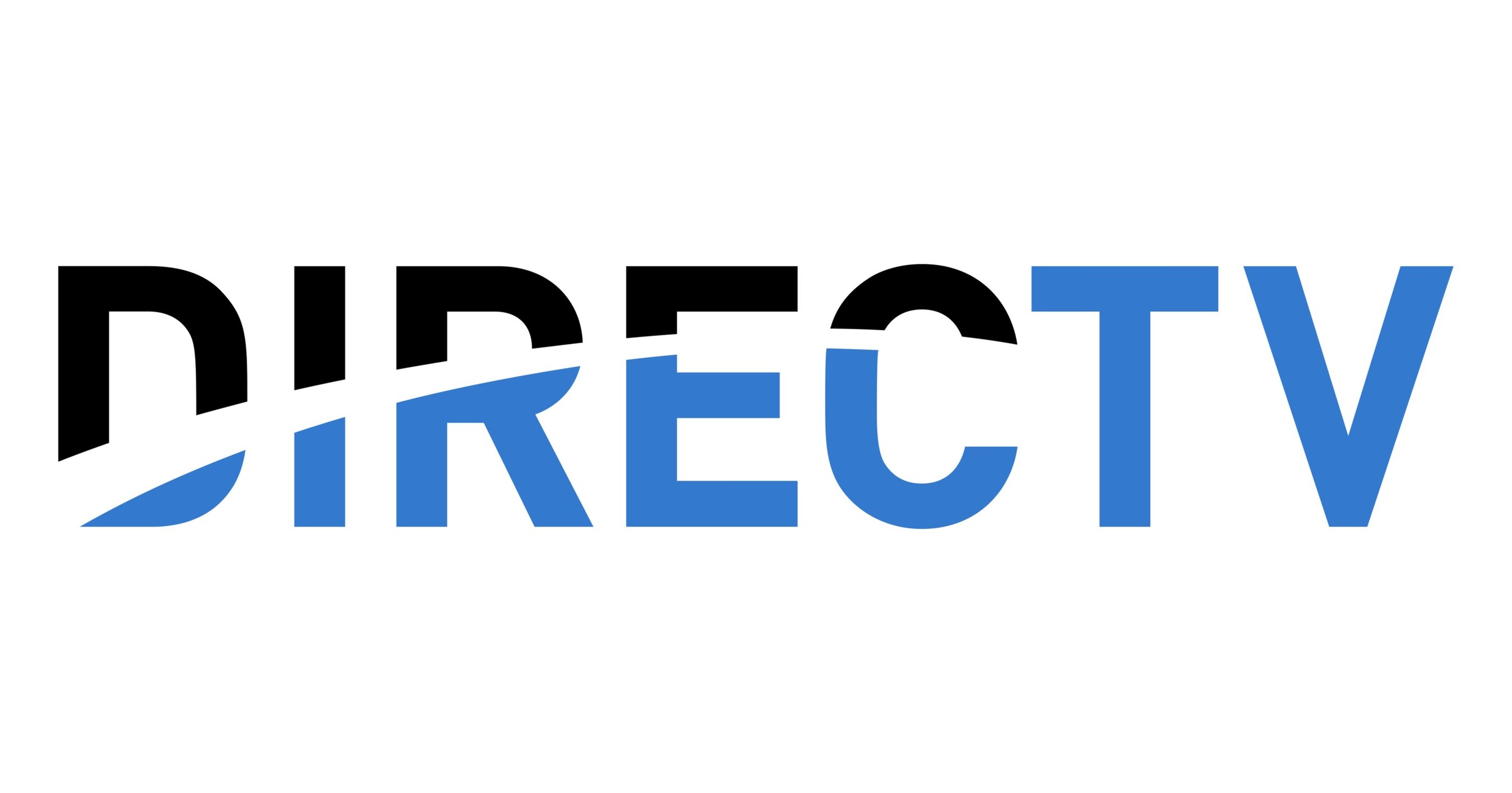Bussiness
Oracle gave a glimpse of the power AI has on its business. Where investors should look next
Published
2 months agoon
By
Admin
It was a big week for Oracle . After a huge sell-off in tech in August, Oracle shares barely ended the month in the green. Last week was another story all together. The stock added 14% over the week, and touched a record high on Friday, as investors reacted to a robust revenue forecast for fiscal 2026 and beyond. Oracle is now the second-best performing technology stock this year behind Nvidia , up 54% this year. “Oracle has been able to create multiple AI capabilities that simply enhance the standard SaaS offerings and make the solution more powerful,” Barclays analyst Raimo Lenschow wrote in a note to clients Thursday. The firm sees shares “continuing an upward path.” Oracle’s rally is a reminder that the recent churn in tech stocks could be opening up some opportunities in the software sector. Investors have been waiting for proof that software companies will benefit from the investments they are making in generative artificial intelligence. It’s one of the reasons, software stocks have trailed the broader tech sector this year. Even with Oracle’s gains, the S & P 500 Software & Services subsector is up only 12% year to date, trailing the tech sector’s more than 26% gain in 2024. For the past three years, software stocks have suffered as revenue growth softened, and investors remain skeptical about when it will return. Part of the slowdown is because the shift to cloud is now in its third decade. But at the start of 2024, a weaker economy made it even harder to sell software. This macro uncertainty resulted in small- to mid-size companies scaling back software spending. On top of that, with the emergence of AI, companies have been reallocating funds to prioritize projects in the emerging category. AI could help drive a new cycle of growth. For perspective, the software industry has a 20-year median growth rate of 40%, but from 2017 until 2024, growth has been below that mark. Despite the controversy around where industry growth is headed, there are clear signs of momentum at Oracle, Microsoft and SAP, analysts say. It’s no coincidence the outperformers are legacy firms that dominate market share. These software giants have deep market roots and are showing early signs of capitalizing on the AI wave. Plus, their deeper pockets allow them to invest and scale new products, regardless of interest rates or funding dynamics, further solidifying their market dominance. Oracle “Over the last 20 years the software industry has matured,” said Pat Walravens, head of technology research at Citizens JMP in an interview with CNBC. That means, investors are “looking for companies that have a product cycle that is helping accelerate growth,” he explained. For Oracle, that’s its cloud infrastructure — a service that has improved Oracle’s fundamental growth story, Walravens argued. “For the first time in a dozen years, you’re looking at organic growth going back to the double digits,” Walravens said, highlighting one of the major takeaways from its fiscal first-quarter earnings Monday. This is what has helped Oracle become a strategic cloud services provider in the same category as Amazon, Google, and Microsoft, he explained, while calling Oracle stock a buy, even with its recent gains. The investor day that followed the earnings report only served to make Wall Street confident about its growth trajectory. Oracle raised its 2026 revenue target to $66 billion, slightly up from its previous forecast of $65 billion, but what surprised investors was its ambitious 2029 goals. The company set a revenue target of $104 billion for 2029, suggesting a 16% annual growth rate from 2026 to 2029, much higher than the expected 9%. Oracle also projected a 20% yearly increase in non-GAAP earnings per share by 2029. Bernstein analyst Mark Moerdler, who called the stock his top investment idea, raised his price target to $201, or 24% above the stock’s $162.03 closing price on Friday. He told CNBC that Oracle is “growing significantly faster than their peers in that market space.” “They built stuff that is very different,” he said, pointing out that Oracle’s infrastructure and platform innovations driven by AI tailwinds and said this factor is not fully priced into the stock by investors. Oracle is more resistant to the software industry’s slowdown because of it early investment in GPU infrastructure – the hardware and software that supports the use of graphics processing units in cloud computing that’s in high demand by its customers. This strategic move positioned Oracle as a key player in AI, fueling growth in its infrastructure as a services (IaaS) business. “What Oracle did really well is they saw where the puck was going to be and they skated to it,” Walravens said. Oracle’s proactive approach led to major contracts including landing billion-dollar deals with companies like OpenAI. This boosted Oracle’s contract values, with bookings reaching $99 billion in the quarter ended Aug. 31 — up 53% from a year ago, which is an acceleration from the prior quarter’s 44% year-over year growth. ORCL YTD mountain ORCL year-to-date performance. Oracle Cloud Infrastructure is central to this growth, offering a suite of services for AI-driven workloads. Demand for OCI continues to rise, with a growing pipeline, which is why the company expects capital expenditures to double by fiscal 2025 to support AI-driven cloud capacity. Microsoft Microsoft, the world’s largest software developer, stands out due to its strategic positioning and significant AI investments. Its dominance across all layers of the cloud stack – applications, infrastructure, and platforms – positions it as a leader in the AI-driven future of software. Goldman Sachs called Microsoft “one of the most compelling investment opportunities in the technology industry,” in a note following the software giant’s fiscal fourth-quarter results. The bank highlighted Microsoft’s strong cloud presence, which expands share within customers’ IT budgets. Microsoft’s competitive edge is most evident in its Azure cloud platform, which integrates AI to help businesses manage their applications efficiently. Azure’s success is driven by AI capabilities embedded in products like M365 Co-Pilot and Azure AI Services, attracting more businesses to Microsoft’s cloud. Azure now boasts 60,000 AI customers, up 60% year over year as of the fourth quarter . MSFT YTD mountain MSFT year-to-date performance. Microsoft’s AI monetization is progressing with Azure AI Services reaching a $5 billion annual revenue run rate in the second quarter, and contributing 30% of incremental growth. GitHub, Microsoft’s AI-powered developer tool, is at a $2 billion revenue run rate, with 40% driven by Co-Pilot. Goldman Sachs estimates the cloud business can reach roughly $230 billion by fiscal 2027 and should drive “a potential of a double of earnings per share” from fiscal 2024 to fiscal 2028. To keep up with AI demand, Microsoft is spending billions to expand data center infrastructure. Microsoft’s strong cash position and secure balance sheet enables it to keep spending on cloud and AI infrastructure, without putting a dent in its financial performance. CFO Amy Hood said Azure growth should accelerate in the second half, “as our capital investments create an increase in available AI capacity to serve more of the growing demand.” If that occurs, the stock, which up more than 14% year to date should benefit. The vast majority of Wall Street analyst rate Microsoft shares a buy, with an average target price of $498.17, according to FactSet. The target implies nearly 16% upside from Friday’s close. SAP Another company defying the broader slowdown in software is SAP. The German company is benefiting the popularity of S/4HANA, the most recent iteration of its enterprise resources planning (ERP) software used by companies to help run and manage their daily operations. S/4HANA has been successful because it’s a ready-to-run ERP that incorporates the latest industry best practices and global regulatory content. When SAP reported its second-quarter results on July 22, cloud revenue rose 25% year over year, driven by a 33% bump from its cloud ERP business. That marked the tenth consecutive quarter of growth above 30% for cloud ERP, SAP said. AI is playing a key role in driving the division’s gains. According to management, about 20% of deals for the quarter included premium AI use cases. SAP YTD mountain SAP stock performance year-to-date. Momentum should continue as cloud backlog is up 28% from the prior year. With this visibility, management said it’s on track to achieve fiscal 2025 ambitions. BMO analyst Keith Bachman expects SAP shares will hit $248 over the next year. That’s only slightly above Wall Street’s average price target of $244.20. Eighty percent of analysts rate SAP shares a buy, per FactSet. Shares have risen 43% year to date. Bachman sees SAP’s high customer retention rates as an advantage and expects the company’s improving cloud capabilities will be a catalyst for the stock. He also expects its AI offerings will drive more customers to the cloud because it will boost efficiency. In July, the analyst predicted that its AI will “modestly contribute to revenues,” with a more meaningful impact in fiscal 2025.
OpenAI is eyeing a shot at 2 of Google’s most dominant territories: report

Man wounded in shooting at Vernon Hills shopping center

Here’s how much Minnesotans will spend on holiday shopping this year

Clarksville small business rebuilds after tornado damage

DIRECTV Announces Termination of Agreement to Acquire EchoStar’s Video Distribution Business

Aaron Rodgers rumors: Jets already expecting to move on from star QB after 2024 season?

Police ask public to avoid shopping center in Vernon Hills after male wounded in shooting

Plaschke: Most Valuable Ever! Shohei Ohtani wins MVP with best season in L.A. sports history

